Don’t you think adding plants to a classroom can make the space feel calmer, fresher, and inviting?
But with busy school days, it’s important to choose plants that don’t need a lot of care.
Well, this guide is all about plants that are low-maintenance, safe for kids, and strong enough to handle occasional neglect.
So, whether you are a teacher looking to brighten up a windowsill or start a small class project, these plants are easy to grow and even easier to enjoy.
Let’s learn more about these classroom plants in detail!
1. Spider Plant
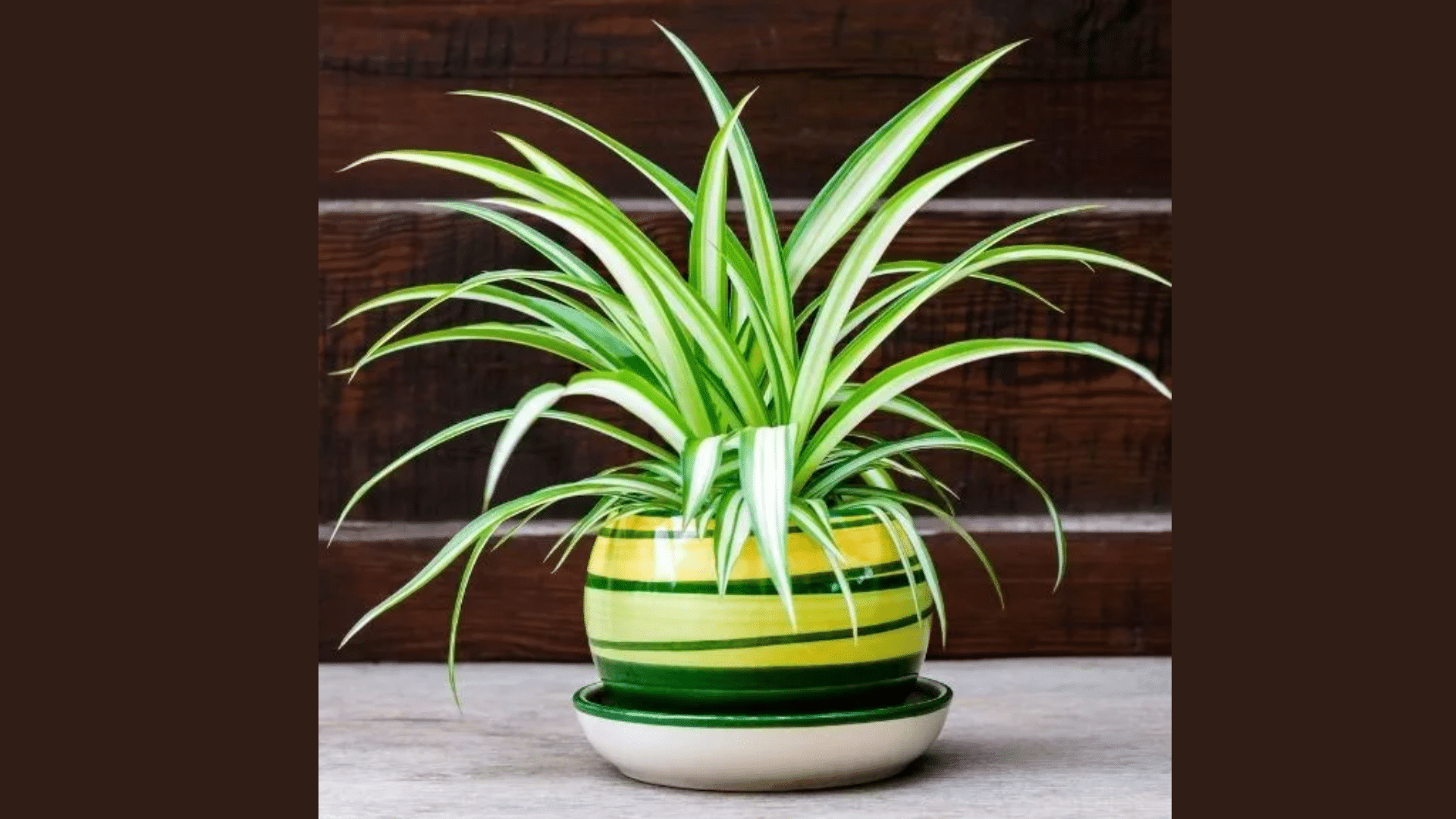
This strong, easy-to-grow plant features long leaves and baby shoots, making it a fun choice for young students learning about plants.
Scientific Name: Chlorophytum comosum
Plant Group: Perennial herbaceous plant
How to Care: Water when the soil dries; tolerates bright, indirect, or fluorescent light easily.
Why It Is Considered a Classroom Plant: Easy to maintain; demonstrates plant reproduction through spiderettes that children love to observe.
2. Pothos
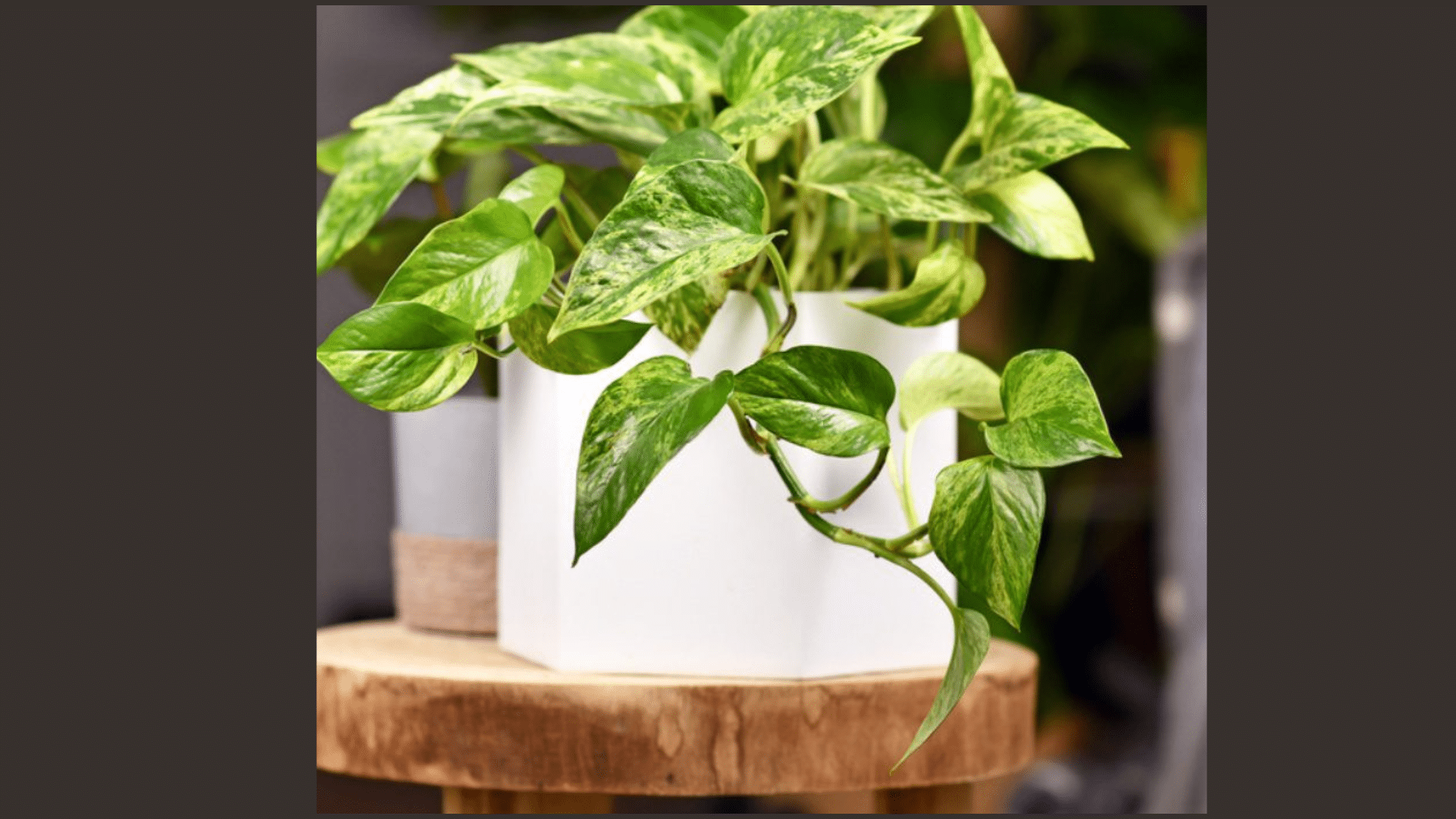
This plant has hanging vines with heart-shaped leaves and grows well even under classroom lights.
Scientific Name: Epipremnum aureum
Plant Group: Evergreen vine
How to Care: Water moderately; thrives in low to bright indirect light or under artificial lighting.
Why It Is Considered a Classroom Plant: Tough, fast-growing vine, forgiving of neglect; visually shows plant growth over time.
3. Snake Plant
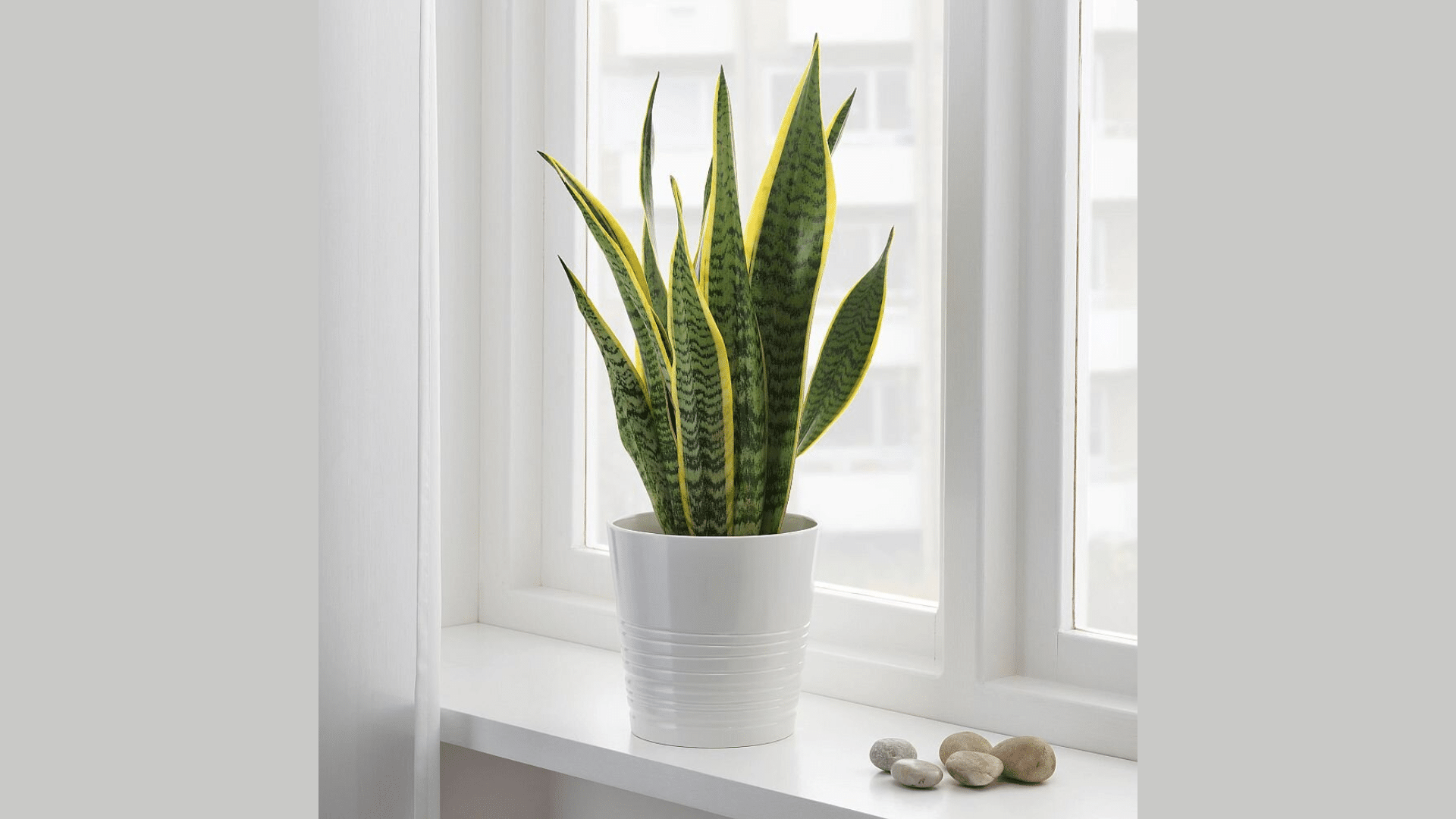
This plant has tall, stiff leaves, cleans the air, and can grow with very little care.
Scientific Name: Sansevieria trifasciata
Plant Group: Succulent perennial
How to Care: Allow soil to dry; tolerates low light and infrequent watering.
Why It Is Considered a Classroom Plant: Stays upright, needs little water, purifies air—ideal for unattended weekends or breaks.
4. Peace Lily
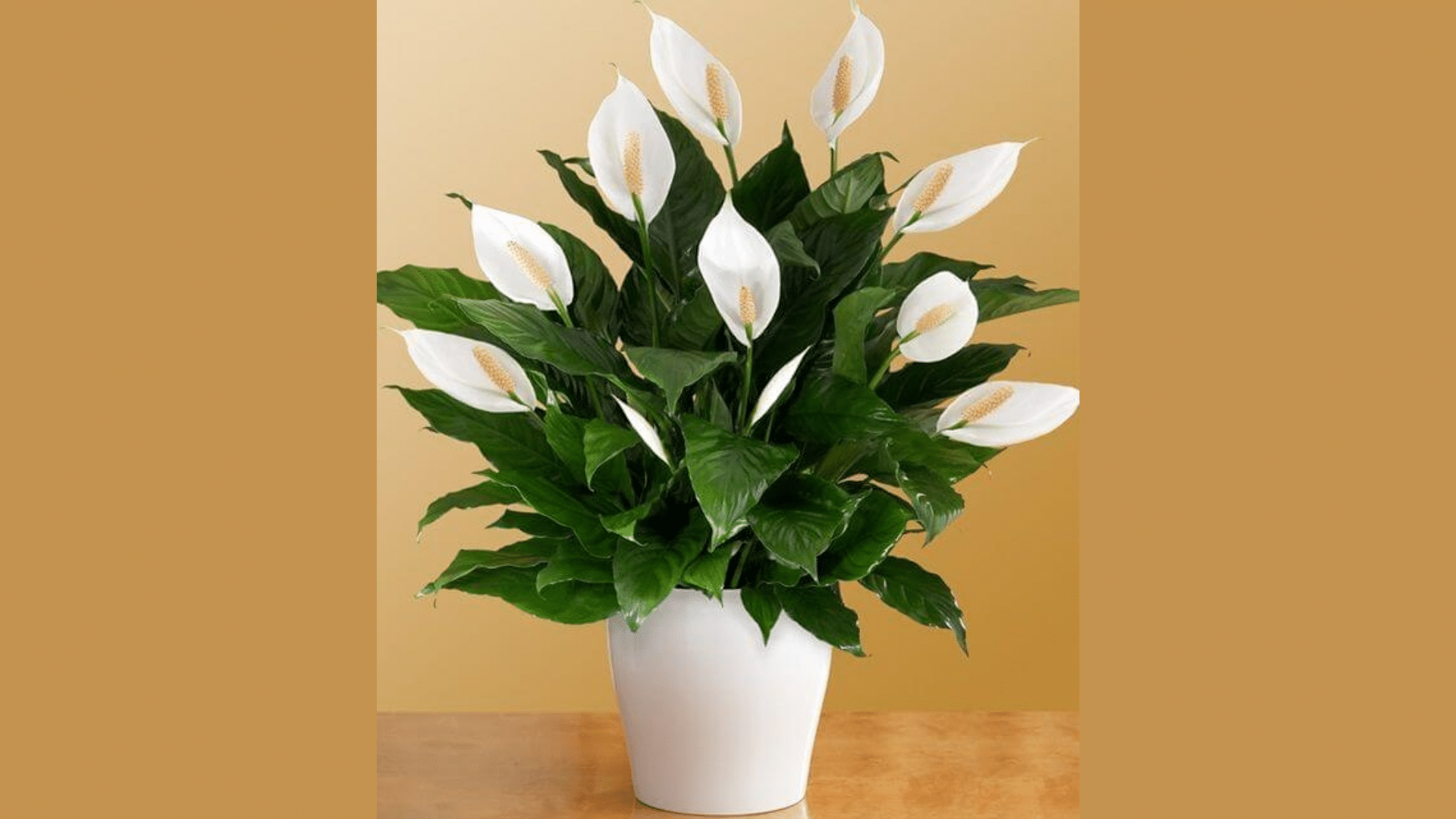
Graceful white spathes and dark leaves offer beauty, communication, and excellent air purification benefits.
Scientific Name: Spathiphyllum
Plant Group: Flowering perennial
How to Care: Keep soil moist; prefers low to medium indirect light.
Why It Is Considered a Classroom Plant: It visibly responds to watering needs and filters common pollutants in enclosed spaces.
5. ZZ Plant
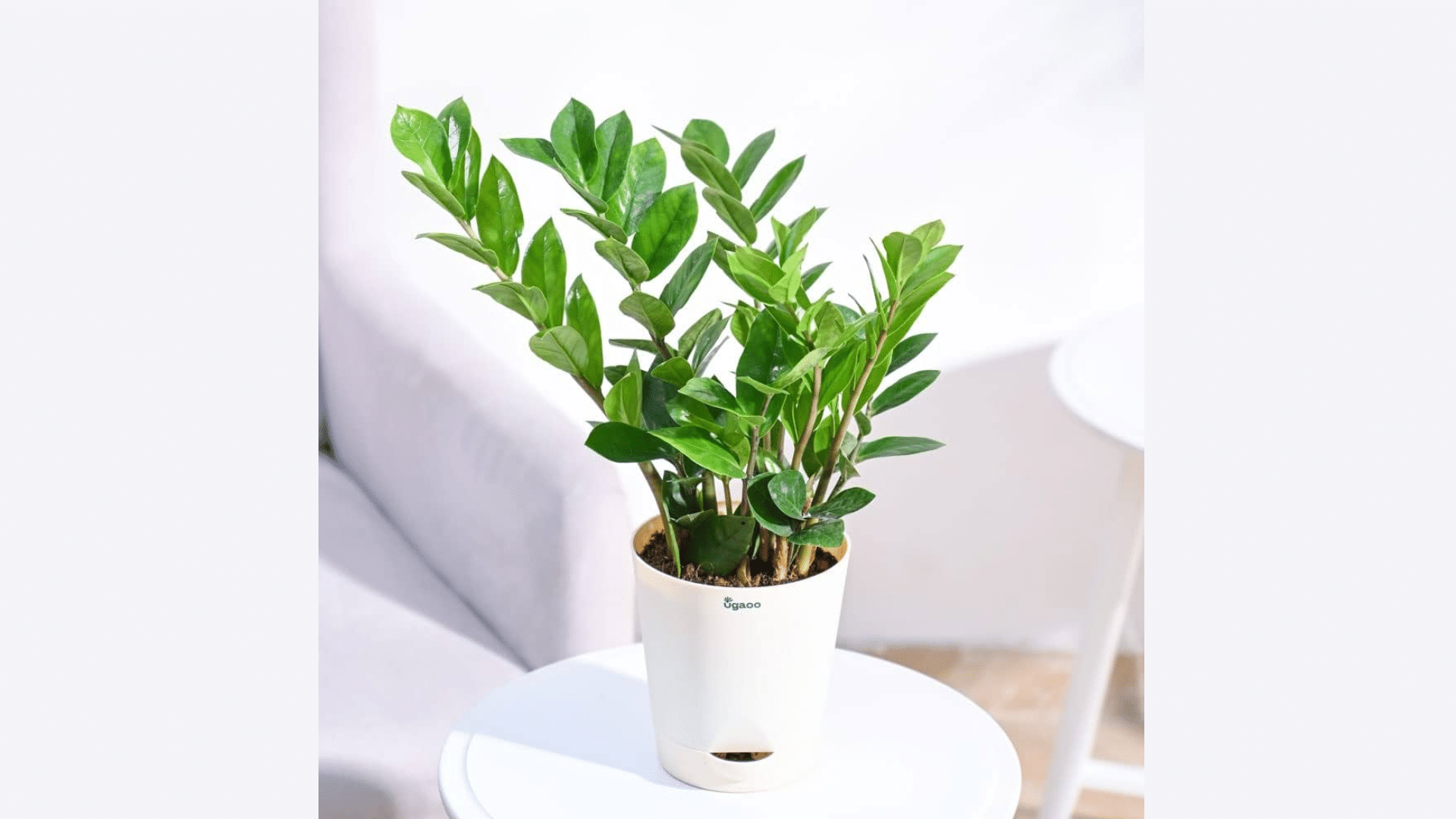
This plant has shiny green leaves and thick stems. It stays healthy in low light and doesn’t need much water.
Scientific Name: Zamioculcas zamiifolia
Plant Group: Flowering tropical perennial
How to Care: Water infrequently; tolerates low light and dry indoor air well.
Why It Is Considered a Classroom Plant: It withstands neglect, rarely sheds, and remains tidy, great for busy educators.
6. Aloe Vera
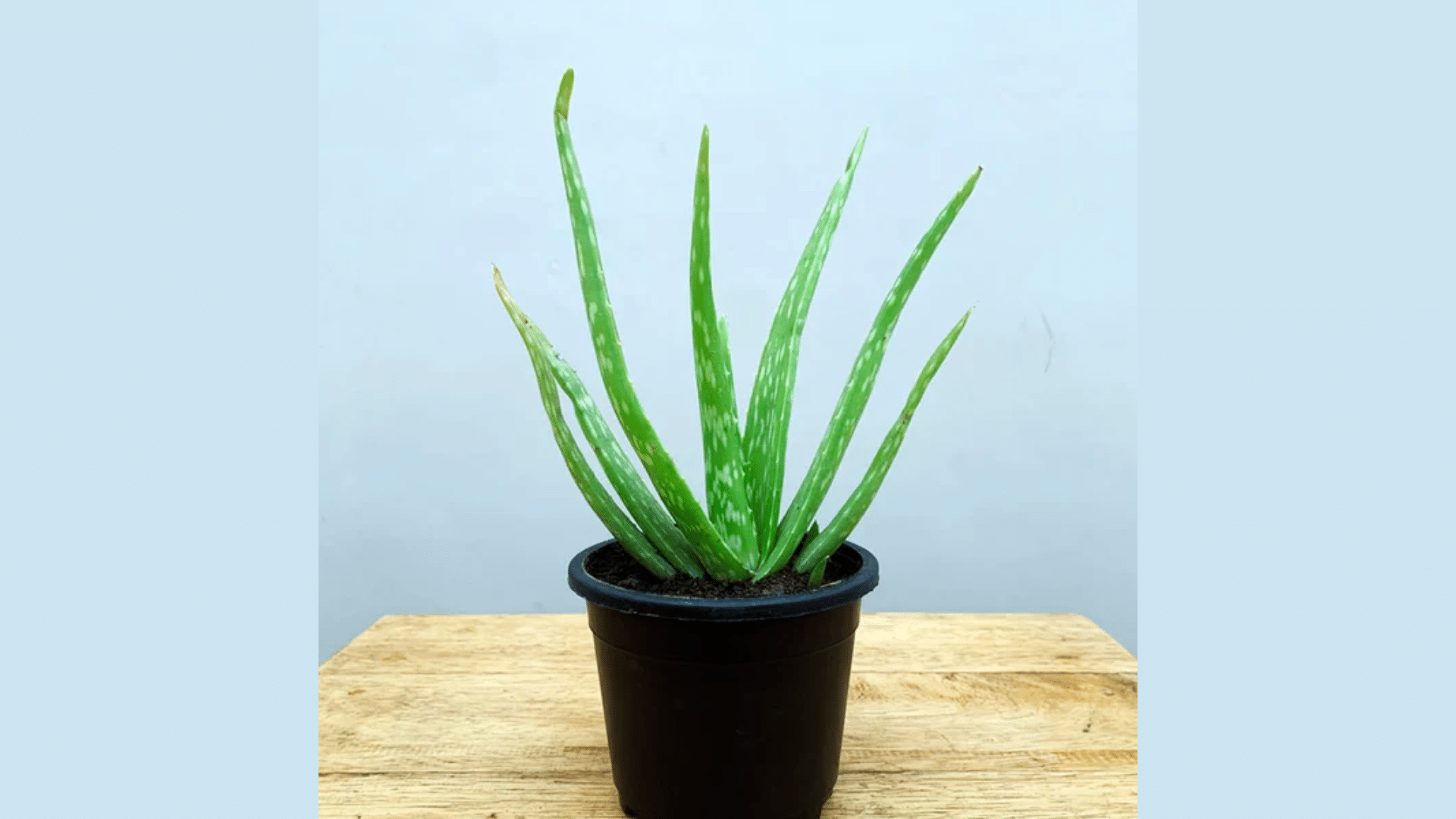
Aloe Vera plant has thick, spiky leaves filled with healing gel. It’s great for science lessons and easy to care for.
Scientific Name: Aloe vera
Plant Group: Succulent
How to Care: Needs full sun; water deeply only after the soil dries completely.
Why It Is Considered a Classroom Plant: It demonstrates water storage and healing properties, making it ideal for sunlit science corners.
7. Chinese Evergreen
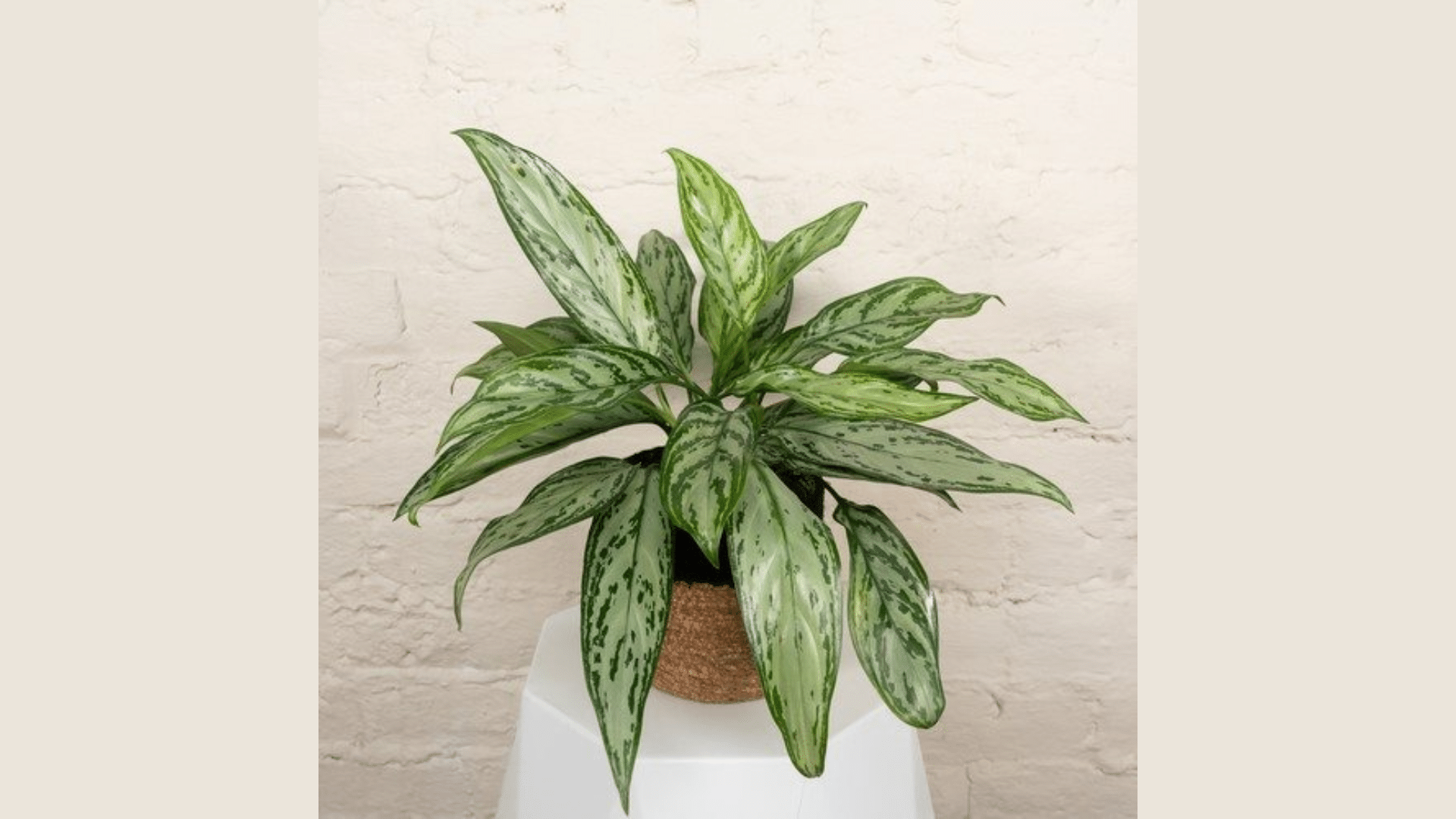
The Chinese Evergreen plant has wide leaves with pretty patterns and grows well in low light with little care. The leaves are oval-shaped and come in shades of green and silver.
Scientific Name: Aglaonema
Plant Group: Tropical perennial
How to Care: Water weekly; tolerates shade and indoor lighting without trouble.
Why It Is Considered a Classroom Plant: Stays healthy under stress; decorative patterns spark student interest.
8. Bamboo Palm
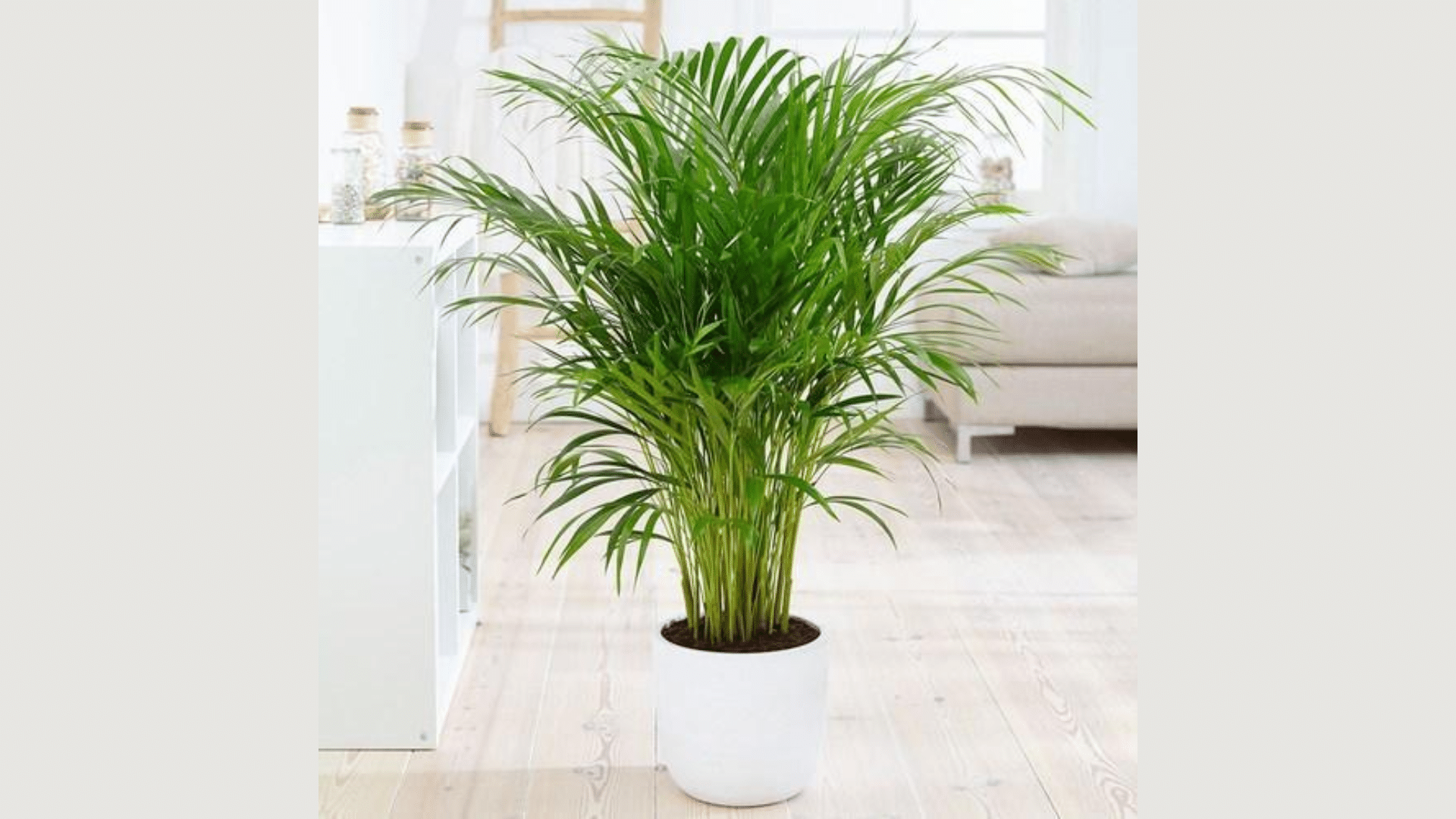
The plant has soft, feathery leaves that grow in bunches and looks like a small, leafy palm tree.
Scientific Name: Chamaedorea seifrizii
Plant Group: Palm
How to Care: Keep soil moist; prefers indirect or filtered light, not direct sun.
Why It Is Considered a Classroom Plant: Shade-tolerant palm that teaches about tropical habitats and natural filtration.
9. English Ivy
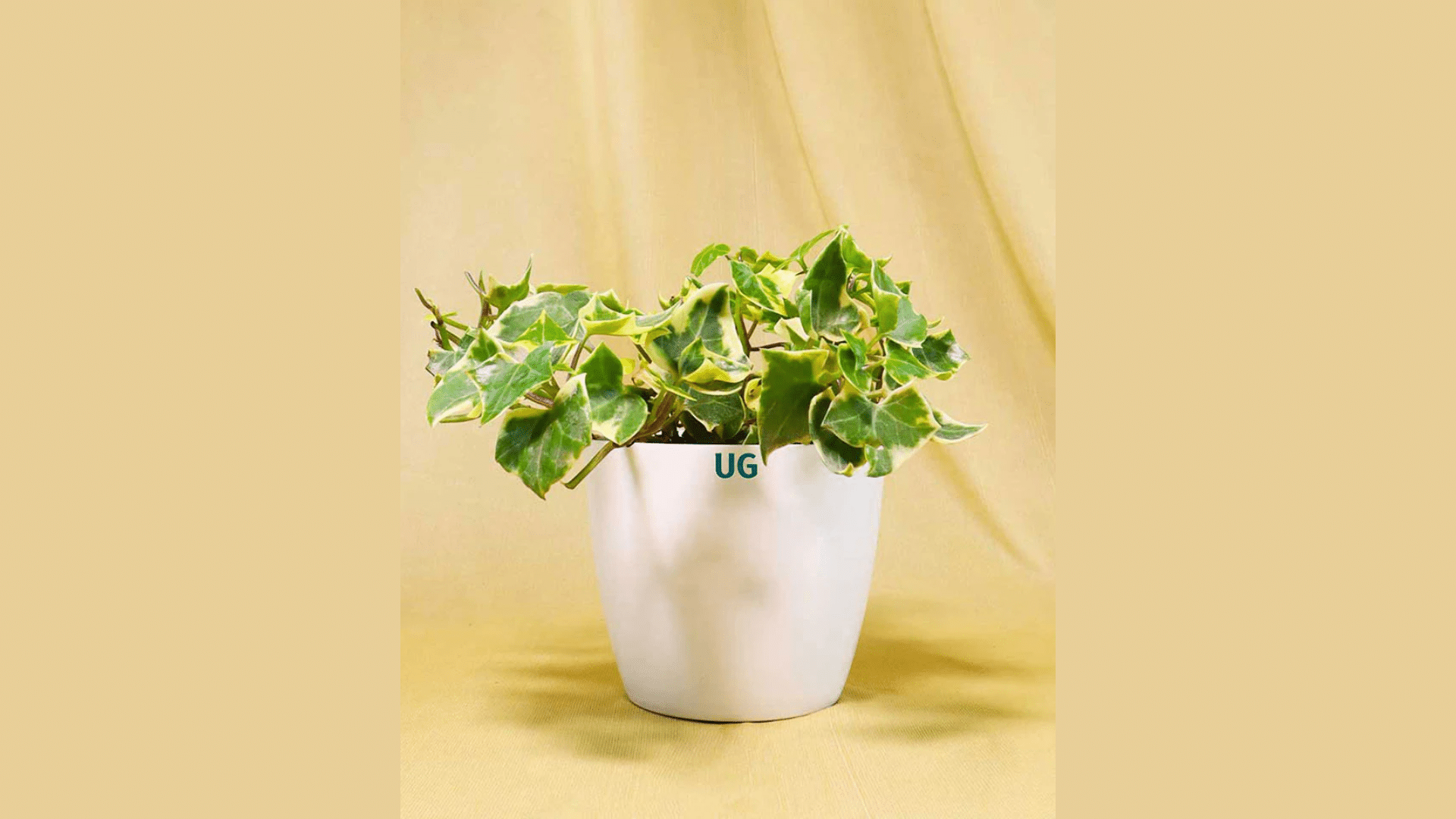
English Ivy grows along surfaces or climbs upward, with soft, lobed leaves that feel smooth to touch. Its small green leaves spread out like stars and look great in pots or hanging baskets.
Scientific Name: Hedera helix
Plant Group: Evergreen vine
How to Care: Water evenly; enjoys medium light, tolerates cooler temperatures.
Why It Is Considered a Classroom Plant: Good air filter; climbs trellises, ideal for plant growth experiments.
10. Calathea
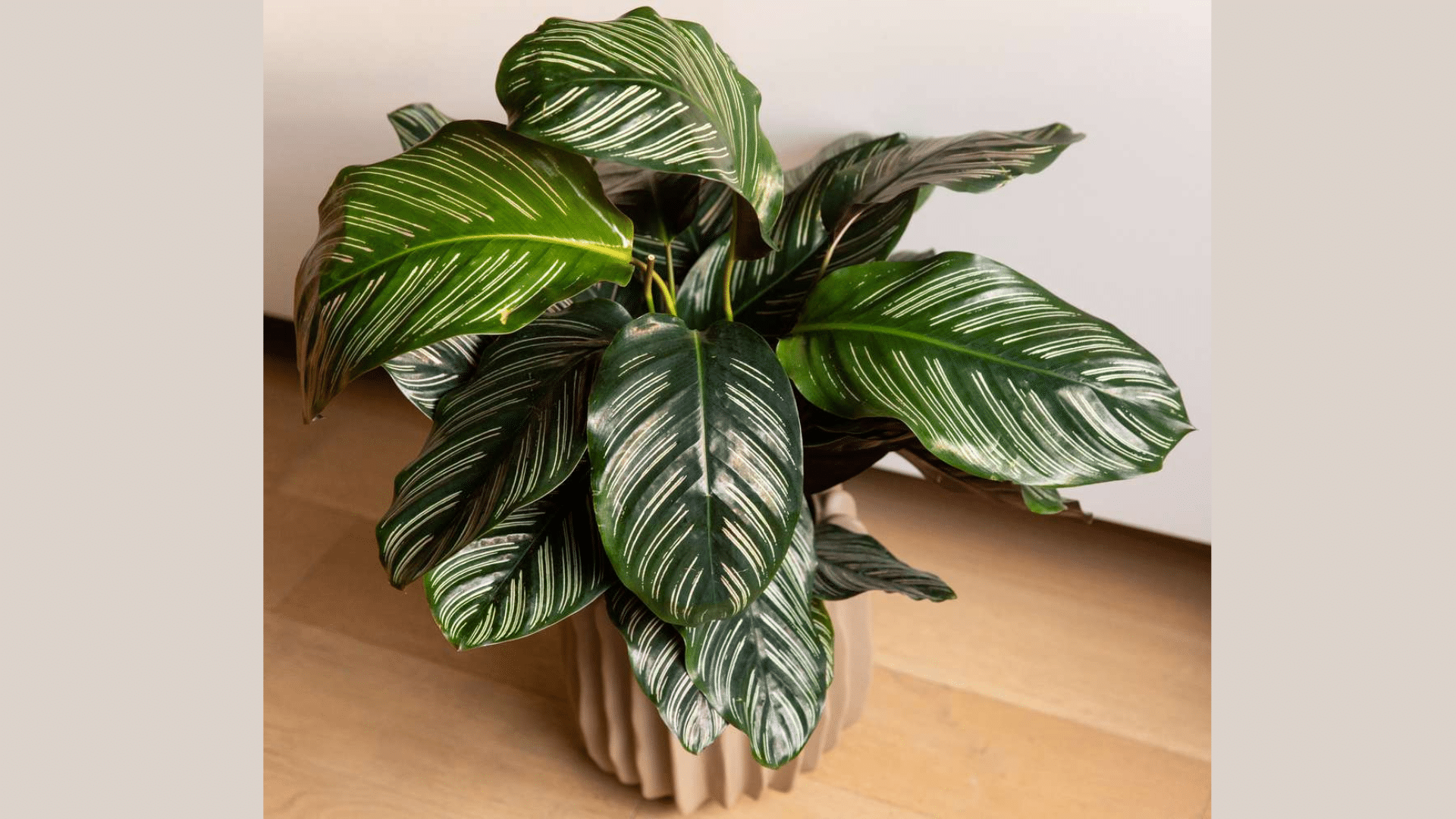
Calathea leaves open and close during the day and night, which makes them fun to watch. They have bold patterns, come in shades of green and purple, and grow in a bushy shape about one to two feet tall.
Scientific Name: Calathea spp.
Plant Group: Tropical perennial
How to Care: Keep soil moist; thrives in low to medium indirect light.
Why It Is Considered a Classroom Plant: Interactive leaf motion and visual texture promote daily observation and learning.
11. Cast Iron Plant
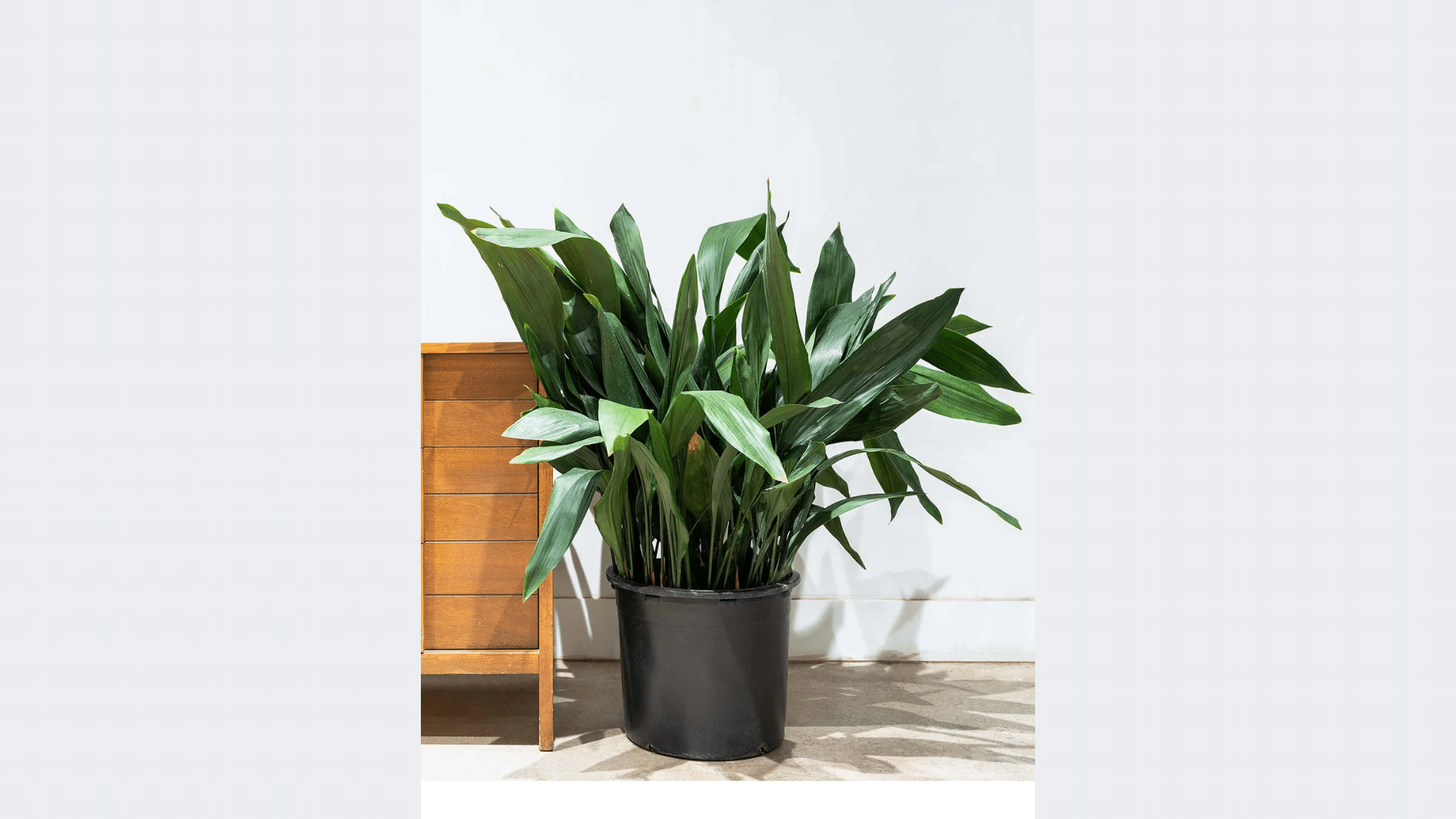
The Cast Iron Plant stays healthy with little watering. It has long, dark green leaves that grow straight up and can reach around two feet tall.
Scientific Name: Aspidistra elatior
Plant Group: Evergreen perennial
How to Care: Allow topsoil to dry; prefers low indirect light or partial shade.
Why It Is Considered a Classroom Plant: Survives poor light, inconsistent watering—ideal for low-maintenance classrooms.
12. Fittonia (Nerve Plant)
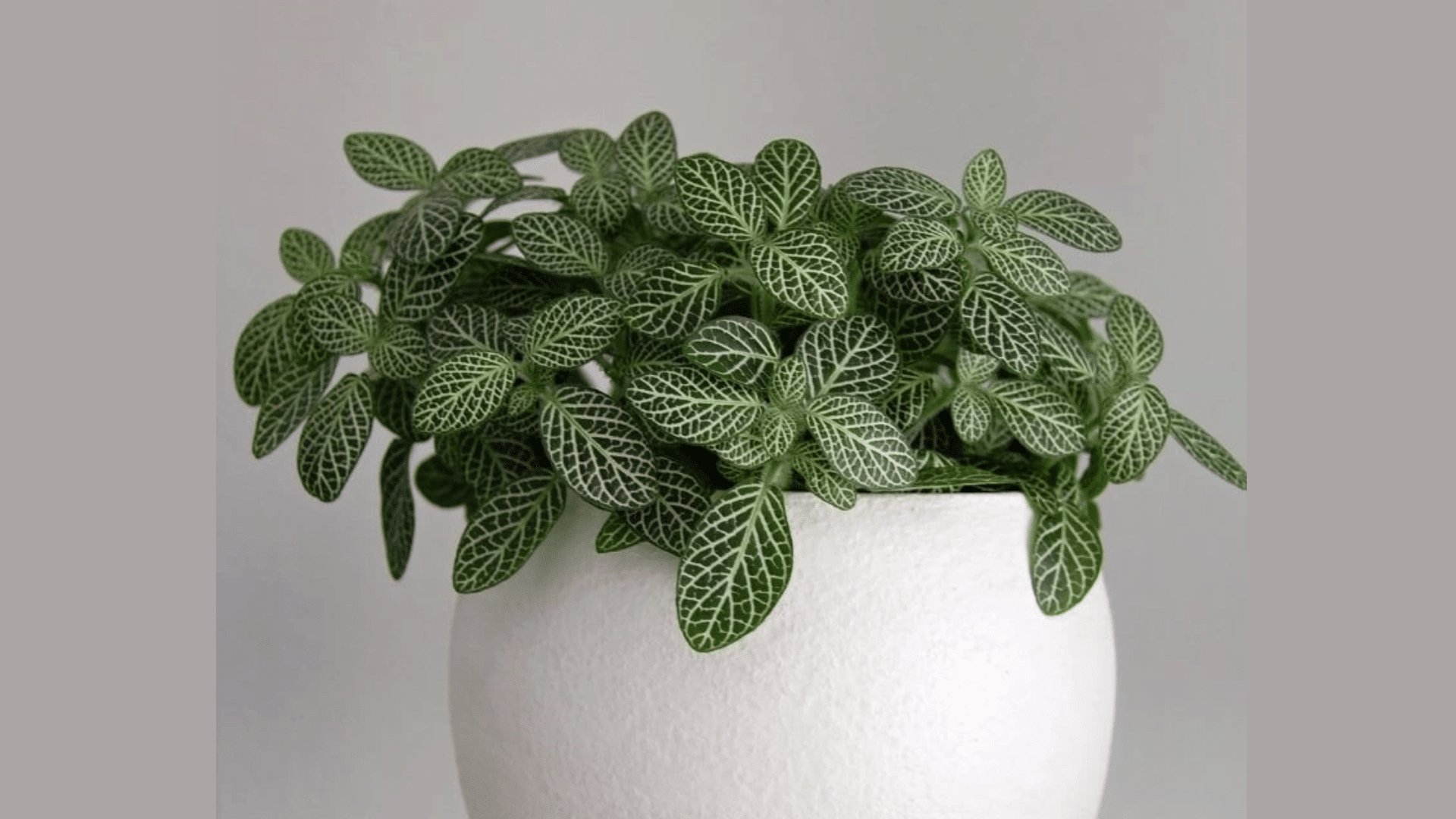
Fittonia has colorful leaves with bright veins that catch the eye. When it needs water, the leaves droop—but they perk right back up after a drink. Its small size makes it great for desks or terrariums.
Scientific Name: Fittonia albivenis
Plant Group: Tropical groundcover
How to Care: Keep soil moist; thrives in bright light or terrariums.
Why It Is Considered a Classroom Plant: Shows vascular systems and hydration effects; good for science centers.
13. Mini Succulents
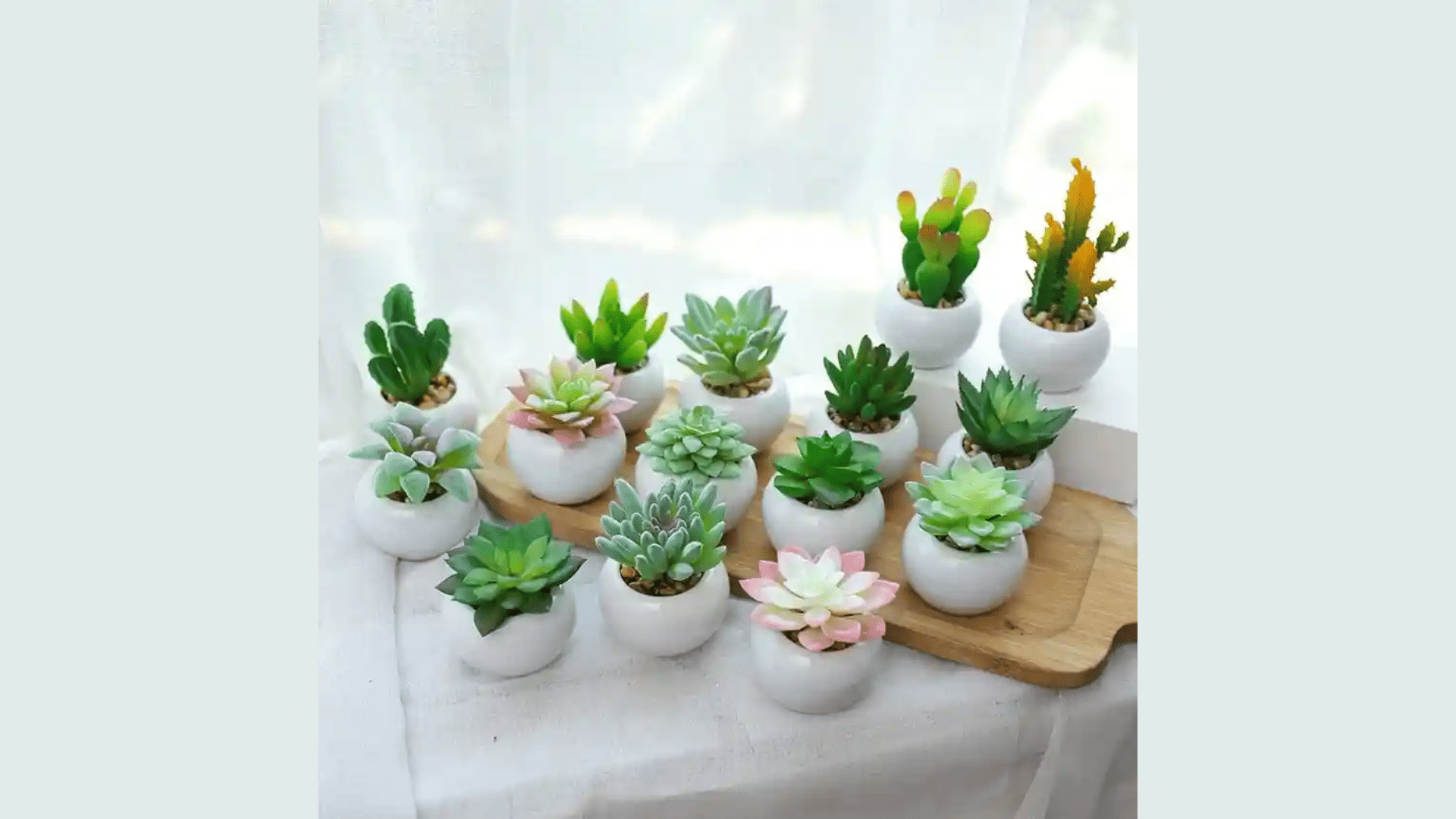
This plant grows in neat, round shapes and comes in many colors, like green, purple, or blue. They stay small, fit easily on windowsills, and are great for small student projects.
Scientific Name: Echeveria, Haworthia, Sedum
Plant Group: Succulent
How to Care: Full sun preferred; water when the soil is bone dry.
Why It Is Considered a Classroom Plant: Small, easy-care plants for student desks or group experiments.
14. Lucky Bamboo
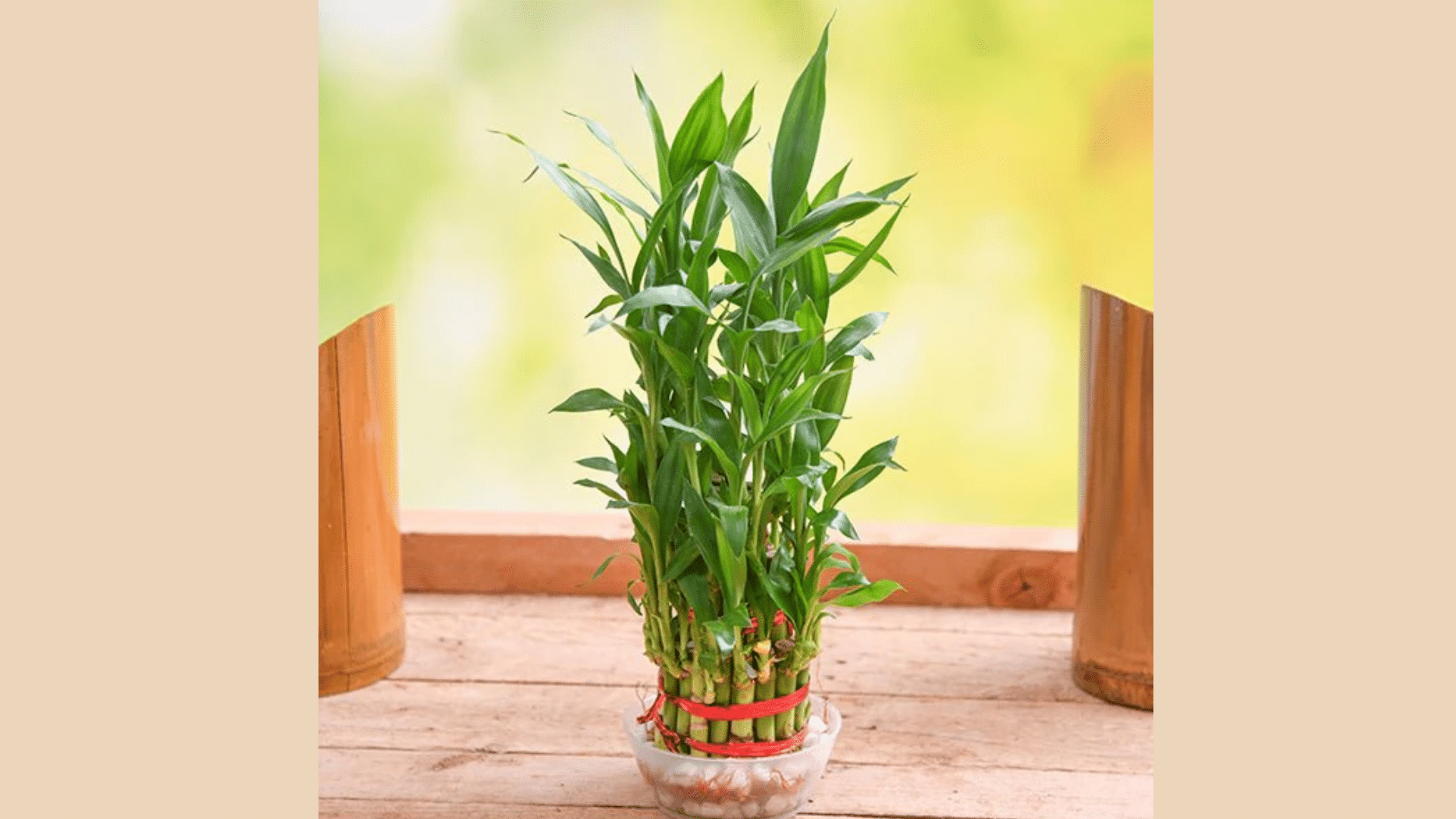
Slender stalks and lush green tops make Lucky Bamboo a low-maintenance and symbolic classroom plant.
Scientific Name: Dracaena sanderiana
Plant Group: Perennial evergreen
How to Care:
Indirect light; water with filtered water when roots begin to dry, usually weekly.
Why It is Considered a Classroom Plant:
Compact, thrives in water or soil, and symbolizes good fortune—ideal for calm learning environments.
15. Heartleaf Philodendron
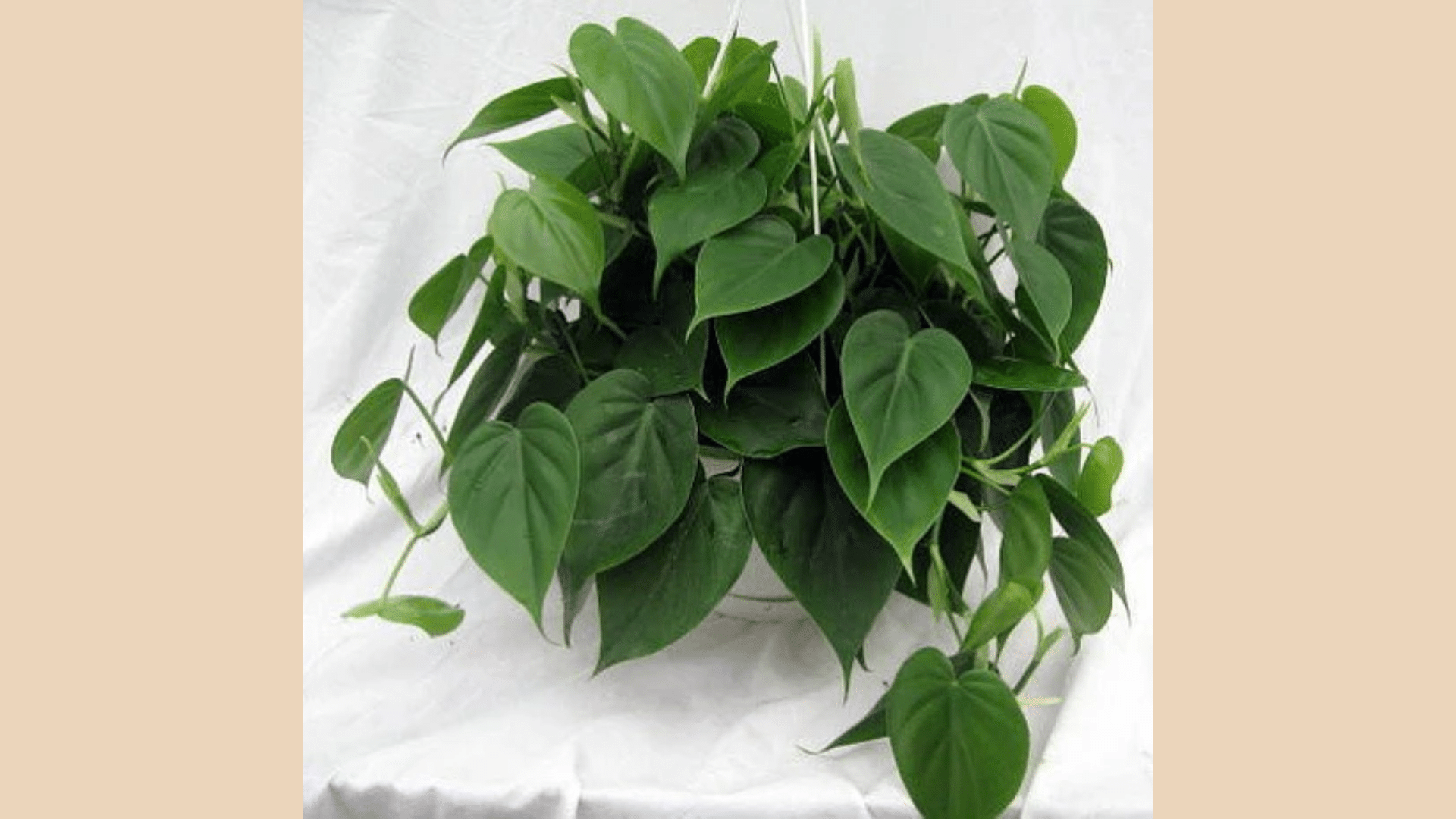
It’s a trailing beauty with heart-shaped leaves, perfect for hanging baskets or high shelves in learning spaces.
Scientific Name: Philodendron hederaceum
Plant Group: Tropical perennial vine
How to Care:
Bright, indirect light; water when the top inch of soil dries out.
Why It is Considered a Classroom Plant:
Visually engaging, easy to propagate, and grows fast—perfect for engaging student caretakers in plant care.
How to Choose the Right Classroom Plants
| Feature | Why It Matters |
|---|---|
| Drought Tolerance | Ensures survival during weekends and school breaks when watering might be inconsistent. |
| Non-Toxicity | Guarantees safety for curious students who might touch or accidentally ingest plant parts. |
| Compact Growth Habit | Prevents overcrowding of limited classroom space and minimizes maintenance needs. |
| Light Adaptability | Thrives under variable lighting conditions, including fluorescent lights and indirect window light. |
| Resilience | Withstands occasional neglect, temperature fluctuations, and minor physical disturbances. |
Precautions to Take Before Bringing Plants to The Classroom
Follow these important precautions when introducing plants into your classroom space to ensure a safe, healthy, and supportive learning environment.
- Confirm all selected plants are non-toxic and safe for children’s direct contact and accidental handling.
- Check with the school nurse to determine if students have allergies to pollen, mold, or specific plant types.
- Avoid plants with sharp edges, spines, or irritating sap that may pose injury risks to students.
- Ensure pots are stable, non-breakable, and placed away from high-traffic areas to prevent spills.
- Monitor for pests regularly to avoid infestations spreading to other plants or classroom materials.
Bringing greenery into the classroom isn’t just about looks; it’s about care, calm, and curiosity. So, start small, choose wisely, and let the natural world be part of your life.















